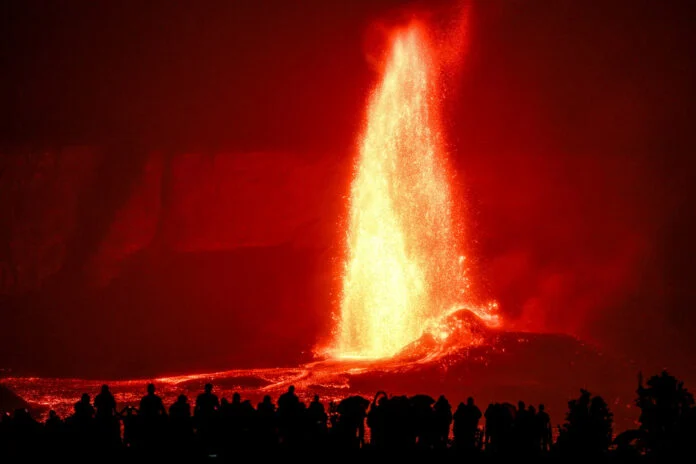Kings and Generals' historical animated documentary series on the history of ancient civilizations continues with a 3d tour of the Hittite capital Hattusa. In this video they showcase the architecture and structure of the city, focusing on the religious practices, defenses, culture, and daily life of the Bronze age capital.
Hattusa
Ḫattuša was the capital of the Hittite Empire in the late Bronze Age. Its ruins lie near modern Boğazkale, Turkey, within the great loop of the Kızılırmak River (Hittite: Marashantiya; Greek: Halys).
Hattusa was added to the UNESCO World Heritage Site list in 1986.
Before 2000 BC, the apparently indigenous Hattian people established a settlement on sites that had been occupied even earlier and referred to the site as Hattush. The Hattians built their initial settlement on the high ridge of Büyükkale. The earliest traces of settlement on the site are from the sixth millennium BC. In the 19th and 18th centuries BC, merchants from Assur in Assyria established a trading post there, setting up in their own separate quarter of the city. The center of their trade network was located in Kanesh (Neša) (modern Kültepe). Business dealings required record-keeping: the trade network from Assur introduced writing to Hattusa, in the form of cuneiform.
A carbonized layer apparent in excavations attests to the burning and ruin of the city of Hattusa around 1700 BC. The responsible party appears to have been King Anitta from Kussara, who took credit for the act and erected an inscribed curse for good measure:
Whoever after me becomes king resettles Hattusas, let the Stormgod of the Sky strike him!
Discovery
In 1833, the French archaeologist Charles Texier (1802–1871) was sent on an exploratory mission to Turkey, where in 1834 he discovered ruins of the ancient Hittite capital of Hattusa. Ernest Chantre opened some trial trenches at the village then called Boğazköy, in 1893–94. Since 1906, the German Oriental Society has been excavating at Hattusa (with breaks during the two World Wars and the Depression, 1913–31 and 1940–51). Archaeological work is still carried out by the German Archaeological Institute (Deutsches Archäologisches Institut). Hugo Winckler and Theodore Makridi Bey (A greek with ottoman citizenship) conducted the first excavations in 1906, 1907, and 1911–13, which were resumed in 1931 under Kurt Bittel, followed by Peter Neve (site director 1963, general director 1978–94).









